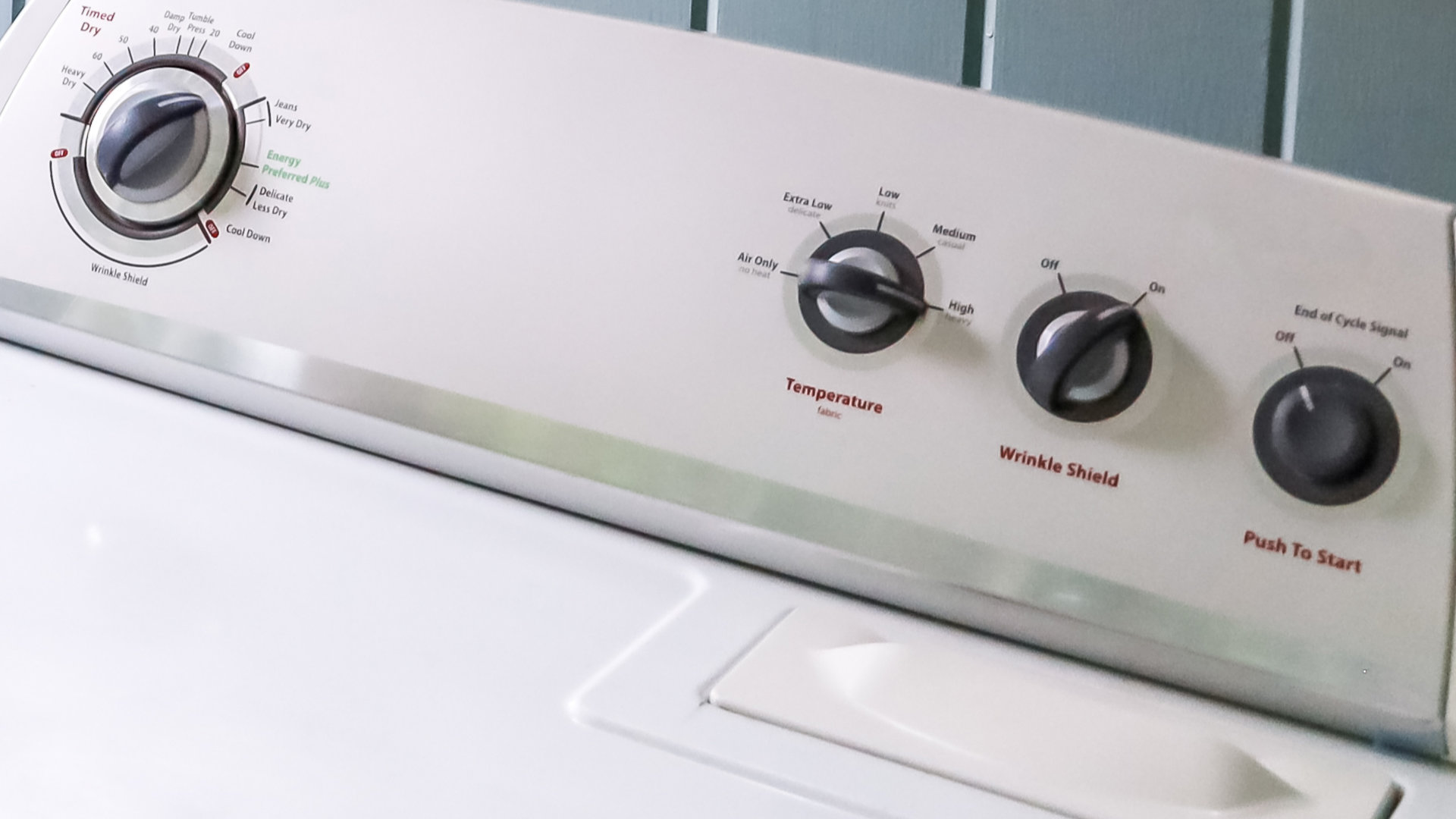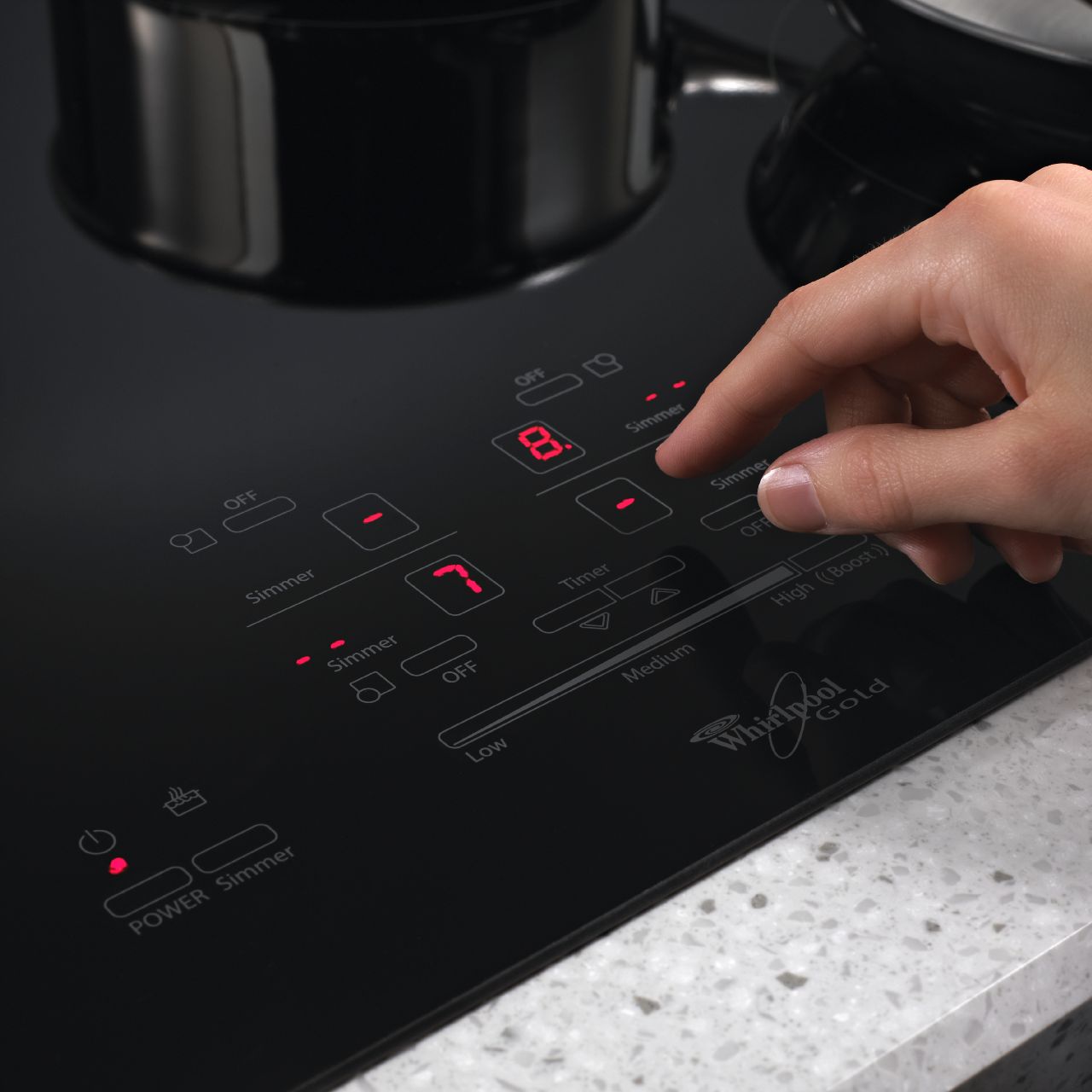
There are a lot of reasons to choose an induction cooktop. It heats only the pan making it so no food will cook on the surface and tiny hand reaching up are less likely to get burned. Furthermore, because it works faster to cook your food, it is a more energy-efficient option that doesn’t heat up your kitchen.
However, induction cooktops do have their fair share of issues. Primary among them is that if something goes wrong, it may not be immediately apparent to you as to how to fix it.
Standard electric and gas stoves are rather simple to troubleshoot combined with the fact that you have the long-standing and collective experience of the internet behind you when it comes to repairs. Inductive stovetop technology is still somewhat new and not something everyone is familiar with. However, if you have jumped on the inductive train for your new stove, but it is having some heating issues, here is what you will want to check.
Pan Compatibility and Position
The most well-known problem with induction stovetops is that they can be very fickle when it comes to cookware. The stovetop uses an electromagnetic field to heat only the pan. As such, it needs a pan that is magnetic in order to be compatible. All your old pots and pans may not meet that standard. Cast iron, for example, as iron is magnetic, will be compatible. However, while some stainless steel pans are compatible, others are not. It strongly depends on the materials used to make them. Other pans, like copper or aluminum, will not work at all.
The easiest way to check if your pan choice is the problem with the induction stovetop is to actually see if a magnet will stick to it. If it attracts a magnet, then it will work on your stovetop.
Unfortunately, pan compatibility is not the only way an induction stove can be fickle. It also requires a rather exact pan placement to work properly. If the pan is hanging over the burner area or is possibly too small for that burner area, you will want to readjust or choose a burner area that is more of an appropriate size.
The Induction Stovetop Lacks Power
In order to work correctly, induction stovetops require a constant stream of power to create that electromagnetic field. Typically, if your cooking surface has power, it will have a display light that indicates it. Furthermore, many induction stoves also have touch controls that only illuminate when activated, and this requires power.
If you find that nothing is lighting up, you will want to make sure that power is still connected at the circuit breaker. You will also want to check the connection at the junction box by the induction stove. Be sure to twist the wiring to make sure that they are properly connected together. You will also want to make sure that they aren’t damaged, which can happen if you have had a mouse or rat problem in your home recently and the junction box wasn’t properly covered.
If that checks out, you will need to check the copper coil and wiring under your induction stove. This requires removing the induction cooktop. Before beginning, you need to shut off power at the circuit breaker as well as disconnect the wires at the junction box. The induction cooktop needs to be fully removed from the counter cutout, which is done by removing the mounting screws and brackets underneath it. Once done, the screws on the side will allow you to lift the glass top.
Once you have access to the workings below, you will want to inspect the wiring on the heating element for damage.
If you have found that some of your burners do work and are getting power, you will want to check for blown fuses under the burner copper coils.
The Burner is Faulty
Underneath each induction area is a coil of copper that produces the electromagnetic field. However, if this coil has gone faulty or has somehow been damaged, something possible if you recently had a crack in the glass cooktop, it will need to be replaced.
Removing the induction cooktop using the method described above, once you have the glass cover off, you will have access to the copper coils. These are rather simple to replace. You need to disconnect the wire harnesses attached and depress the spring clips that hold it in the support rail. It is crucial to remember that you may need to remove the spring clips from the old coil and attach them to the new model. Some count the spring clips as part of the stove and not the coil, so they don’t include replacement ones.
The Stove is in Lock Mode
As many induction stoves are activated by touch, there are probably some times when you don’t want that to happen. While induction stoves only produce heat when met with a magnetic material, if you have kids turning on your induction stove via the touch panels all the time, this is still a waste of electricity. As such, induction stoves come with some sort of control lock function. When this is engaged, typically there is an indicator light on the stove to show it.
In order to unlock your induction stove, you will want to press the lock button. This will either say ‘LOCK’ or look like a key depending on your brand. Hold the button down for at least five seconds. The unit should make an audible sound and the display light should go off.
If you press the button and nothing happens, you may to call someone out to repair that particular function as problems in the control panel are typically more complex than most homeowners can handle. However, in the meantime, you can also try resetting your induction stove. If the button isn’t working, go to the circuit breaker and shut off power to the induction stove for at least 10 seconds. This does a hard reset of your stove and can reset the lock function on it when you turn the power back on.

How to Reset a Whirlpool Refrigerator Ice Maker
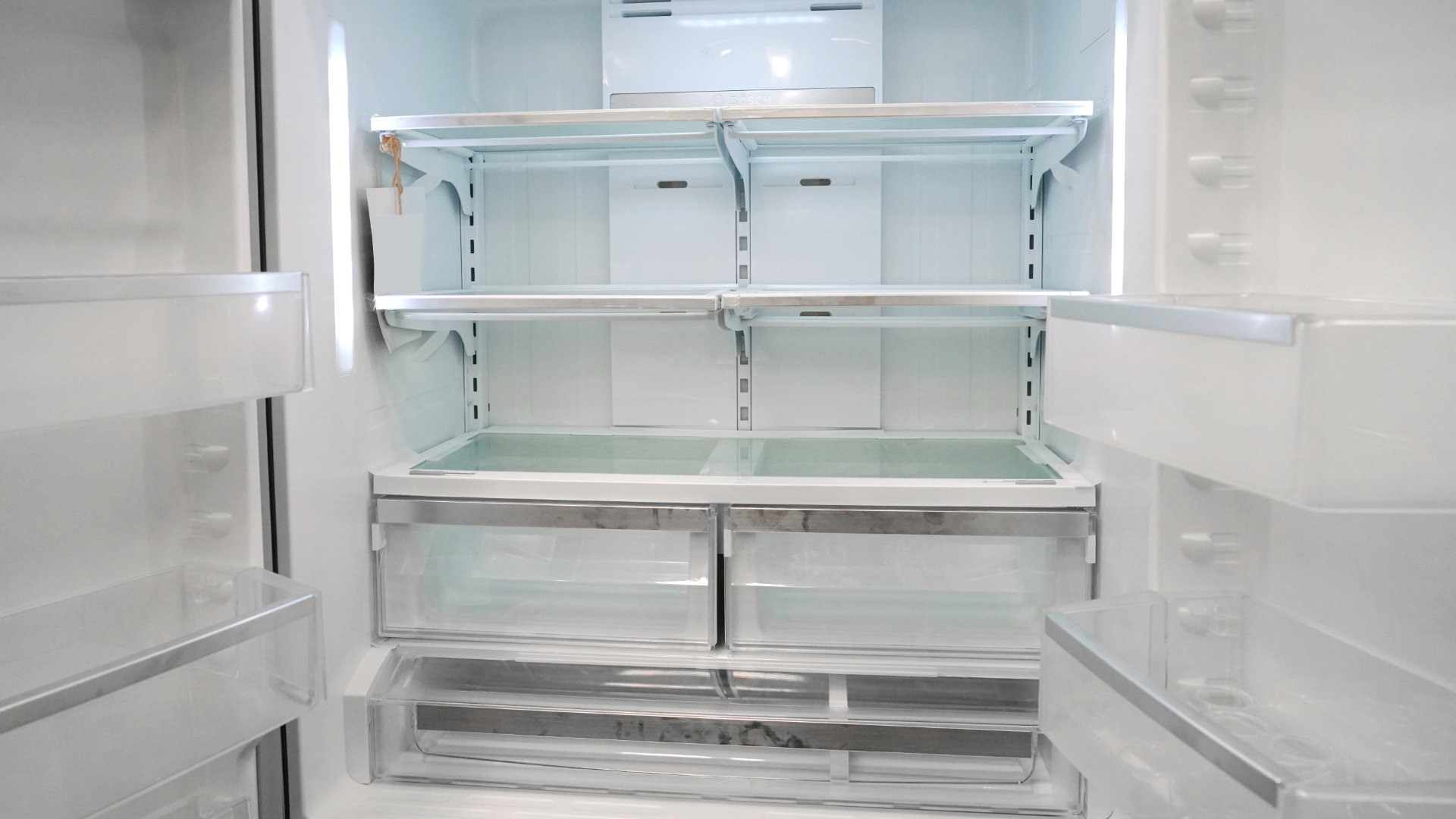
6 Reasons Your LG Refrigerator Is Not Making Ice

Kenmore Fridge Ice Maker Not Working? 5 Ways to Fix It

How to Remove Fish Smell from Your Refrigerator
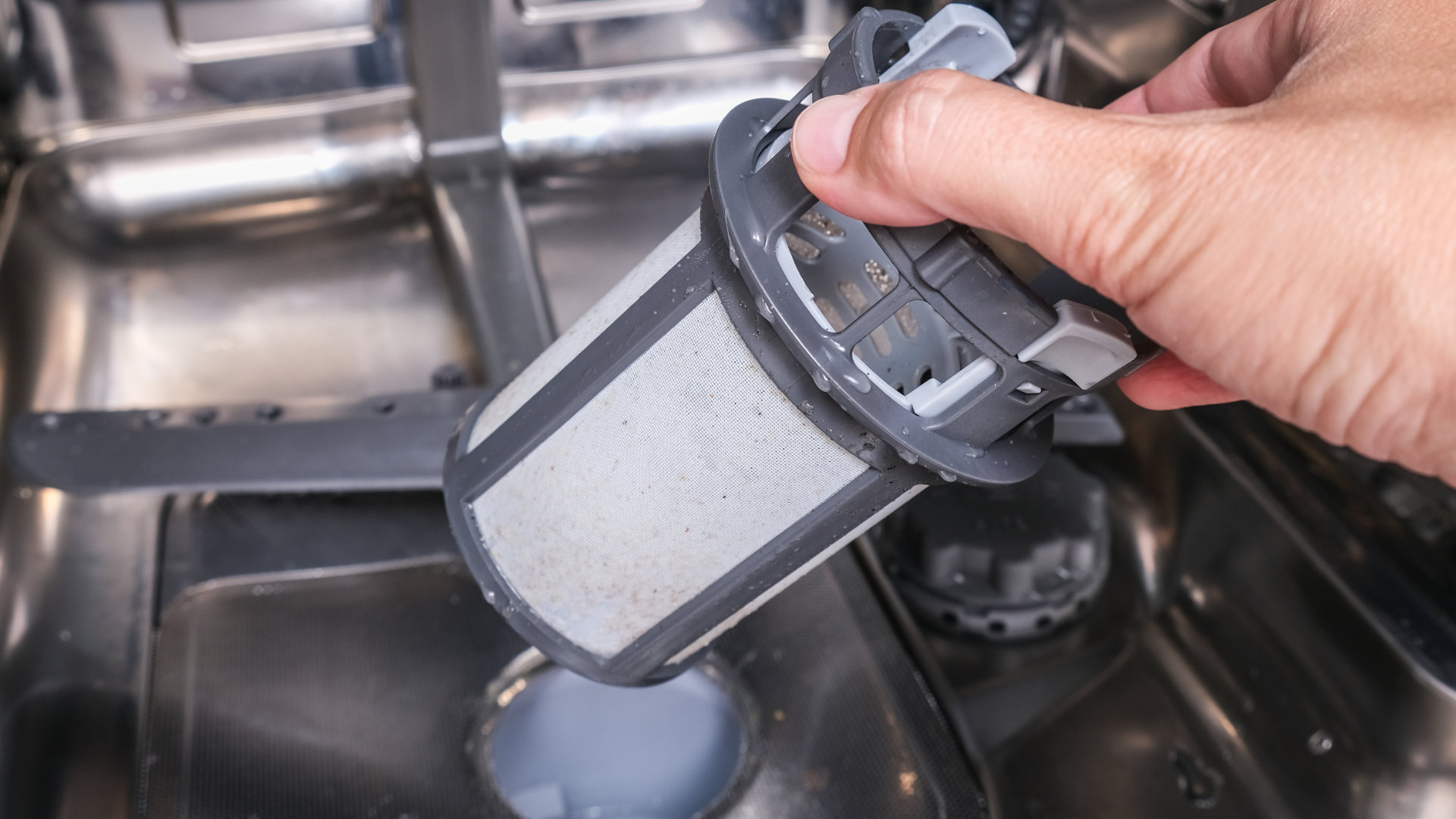
How To Fix Bosch Dishwasher E24 Error

Troubleshooting a Whirlpool Dishwasher Not Draining
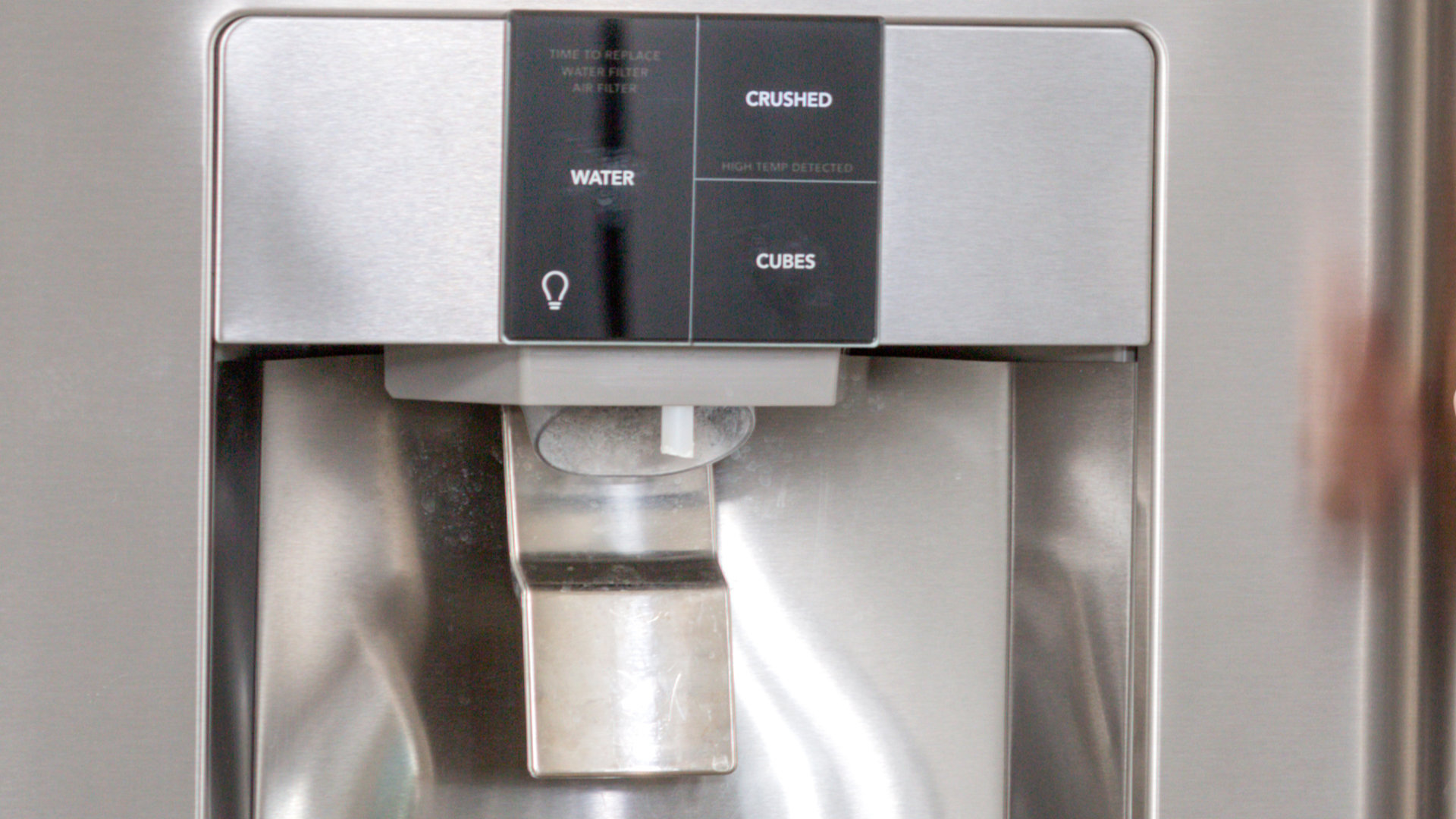
Why Is Your Fridge Water Not Working, but Ice Is?
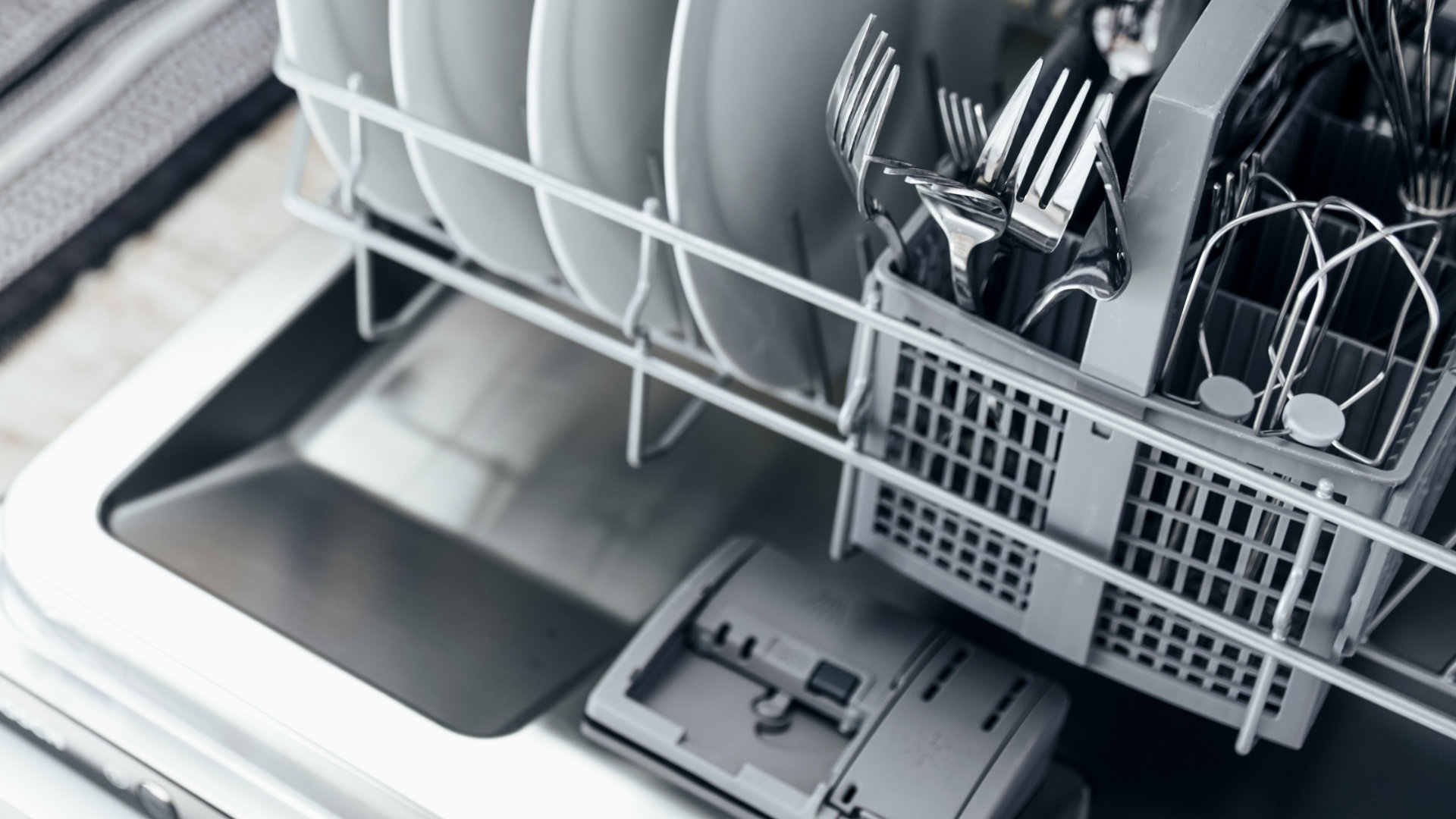
How to Fix the E15 Bosch Dishwasher Error Code
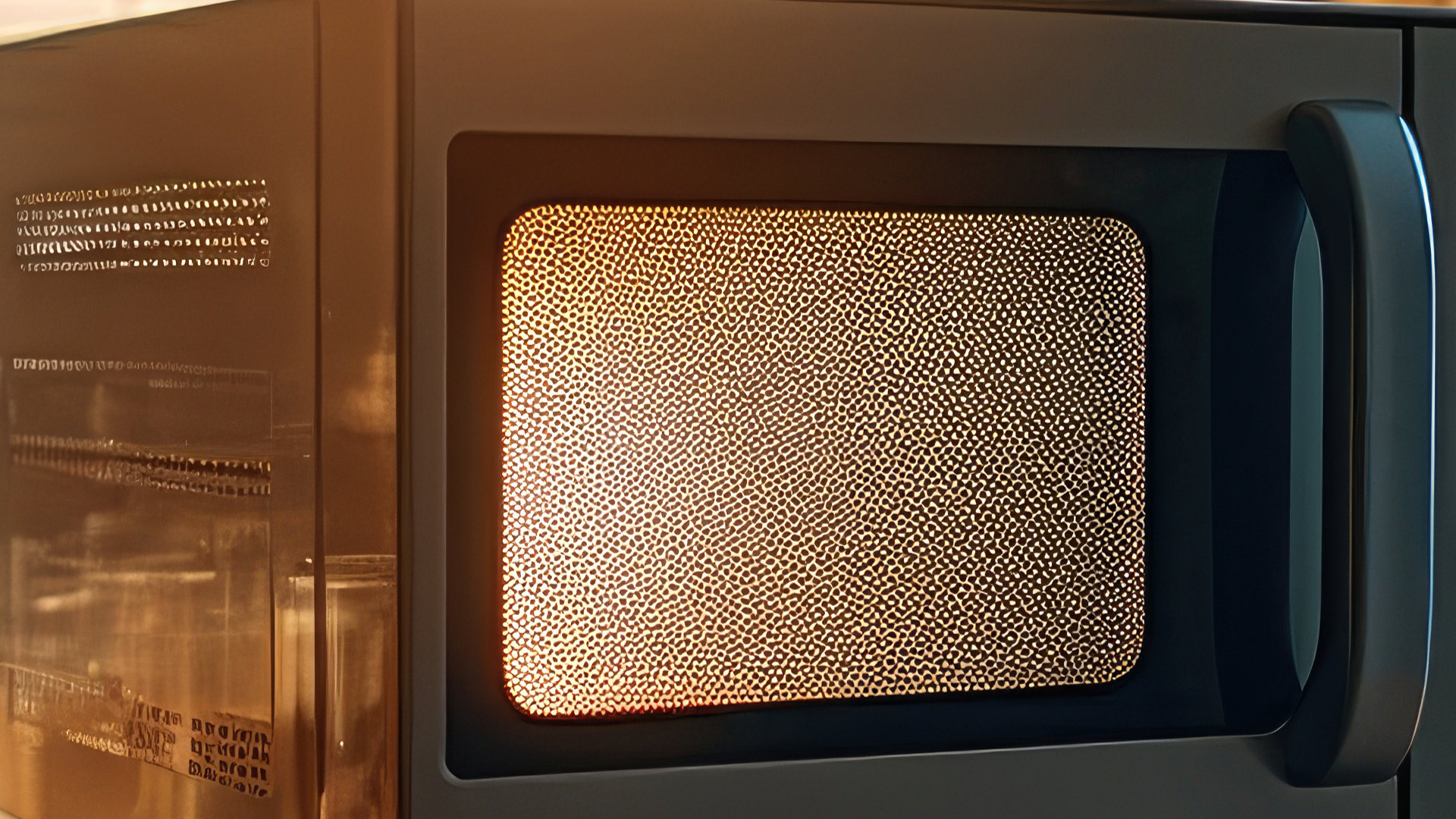
How Much Power Does a Microwave Use?

How to Properly Clean Refrigerator Coils
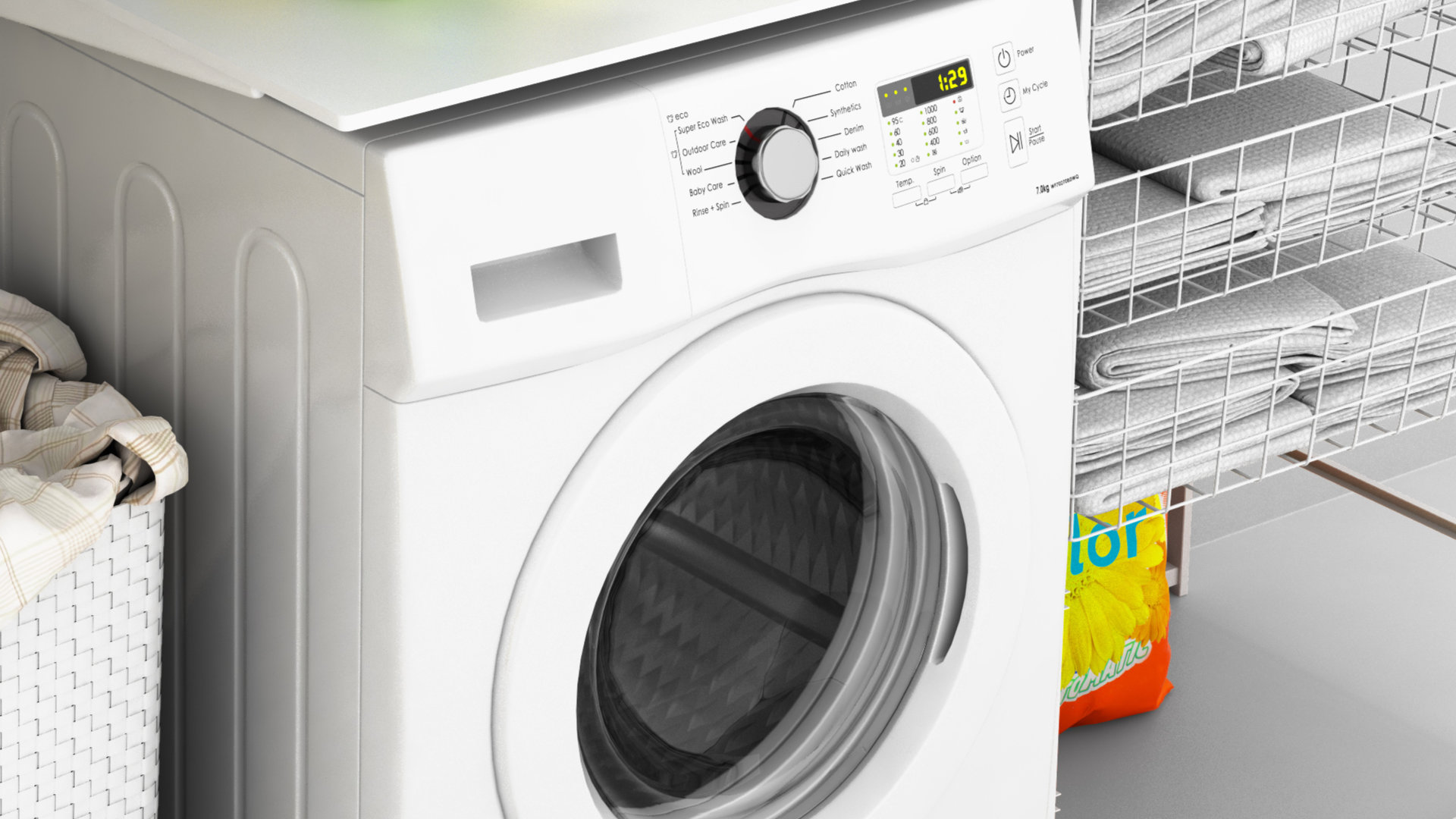
How to Fix an LG Washer Showing OE Error Code
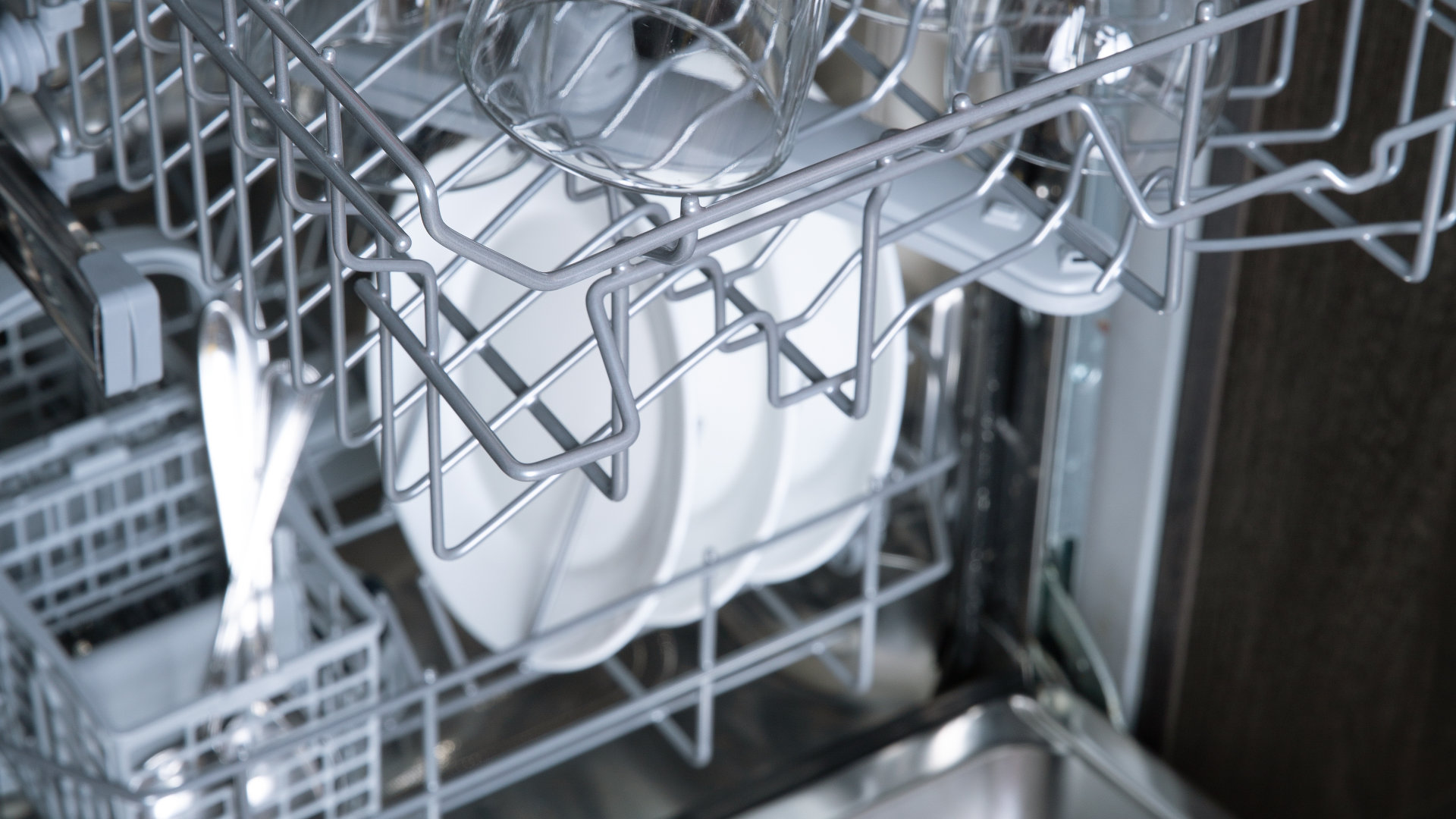
Troubleshooting a GE Dishwasher with No Power and No Lights
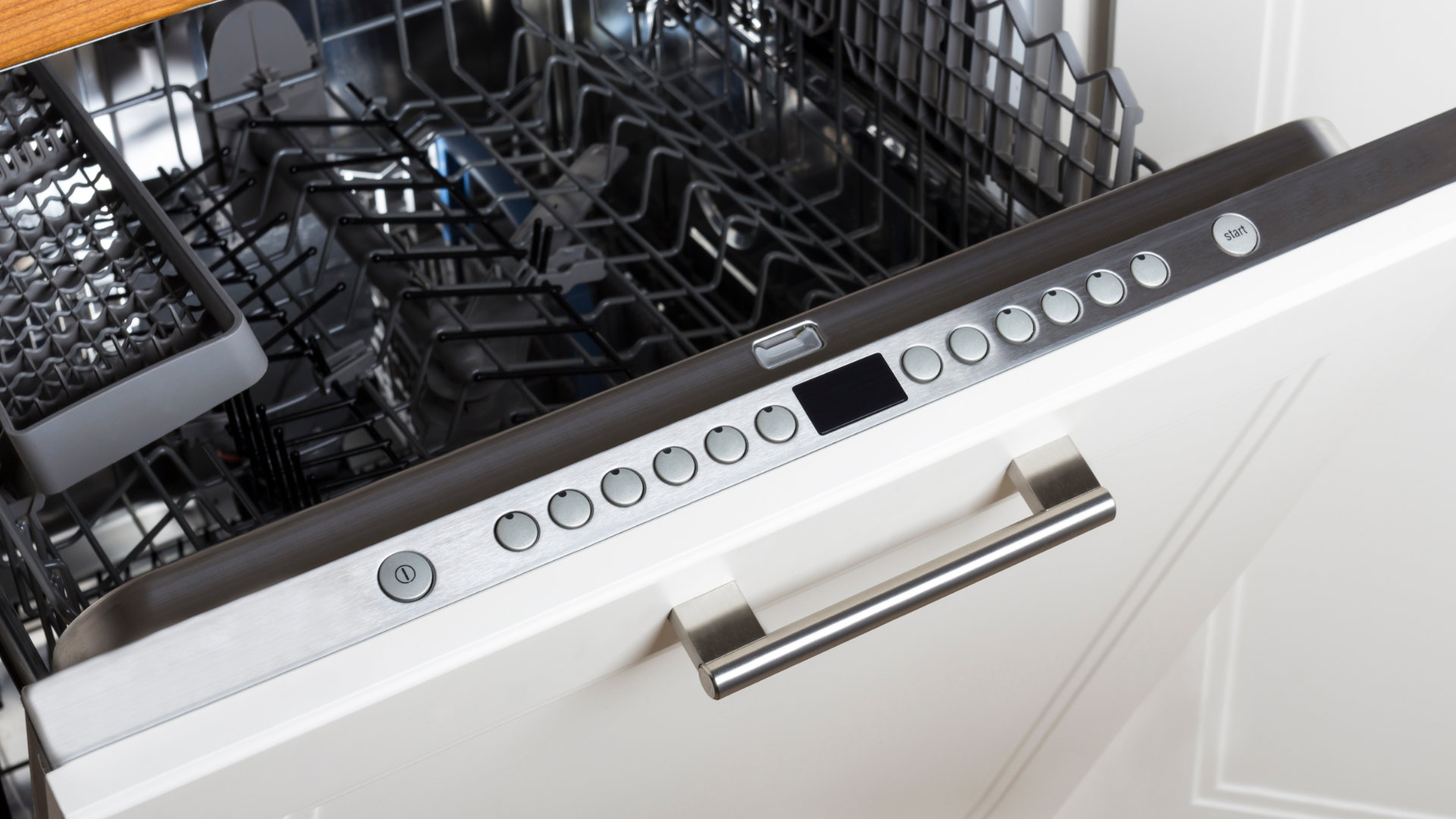
10 Reasons Why Your Bosch Dishwasher Won’t Start
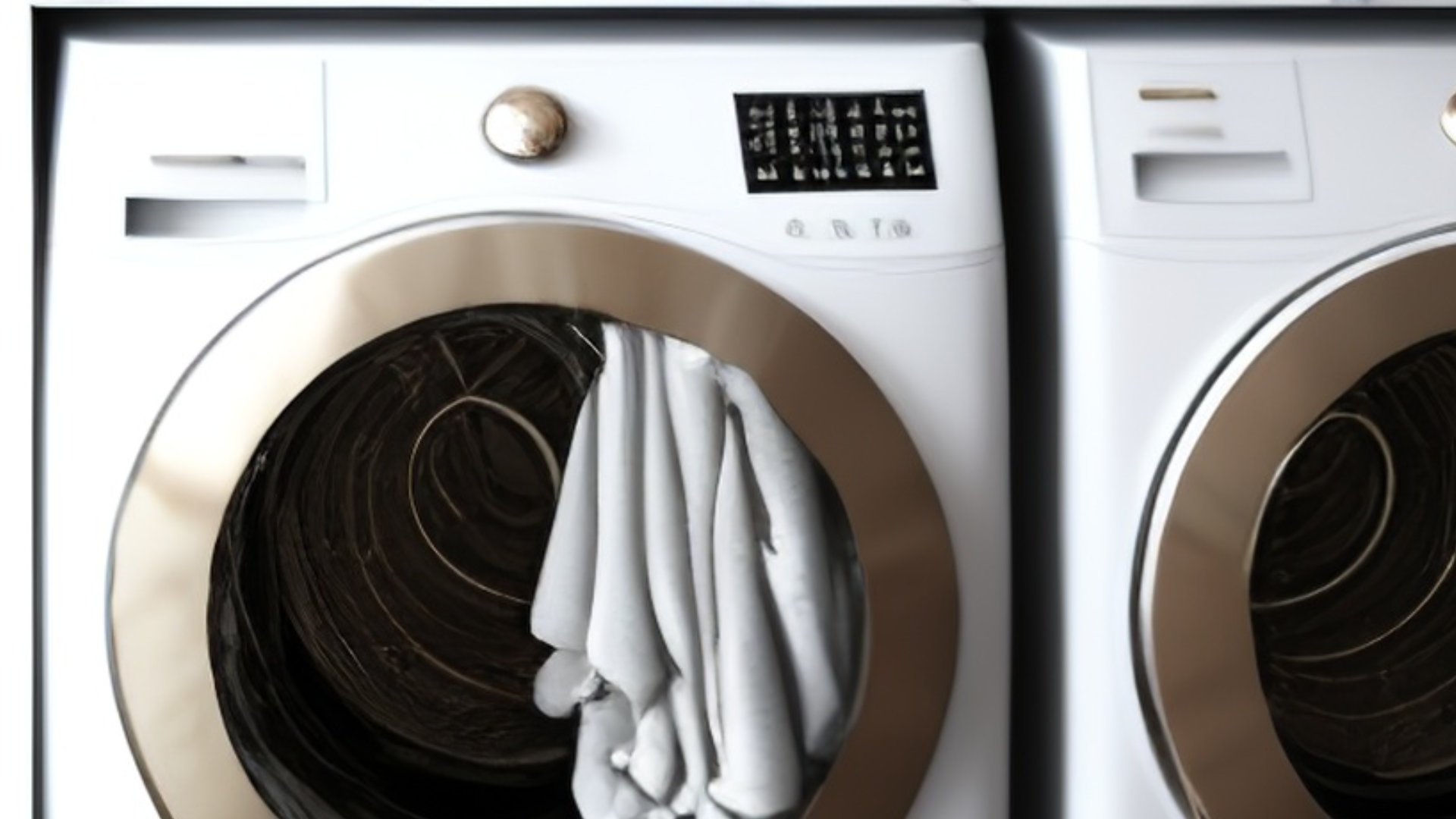
Troubleshooting the F5 Error Code with a Maytag Washer
